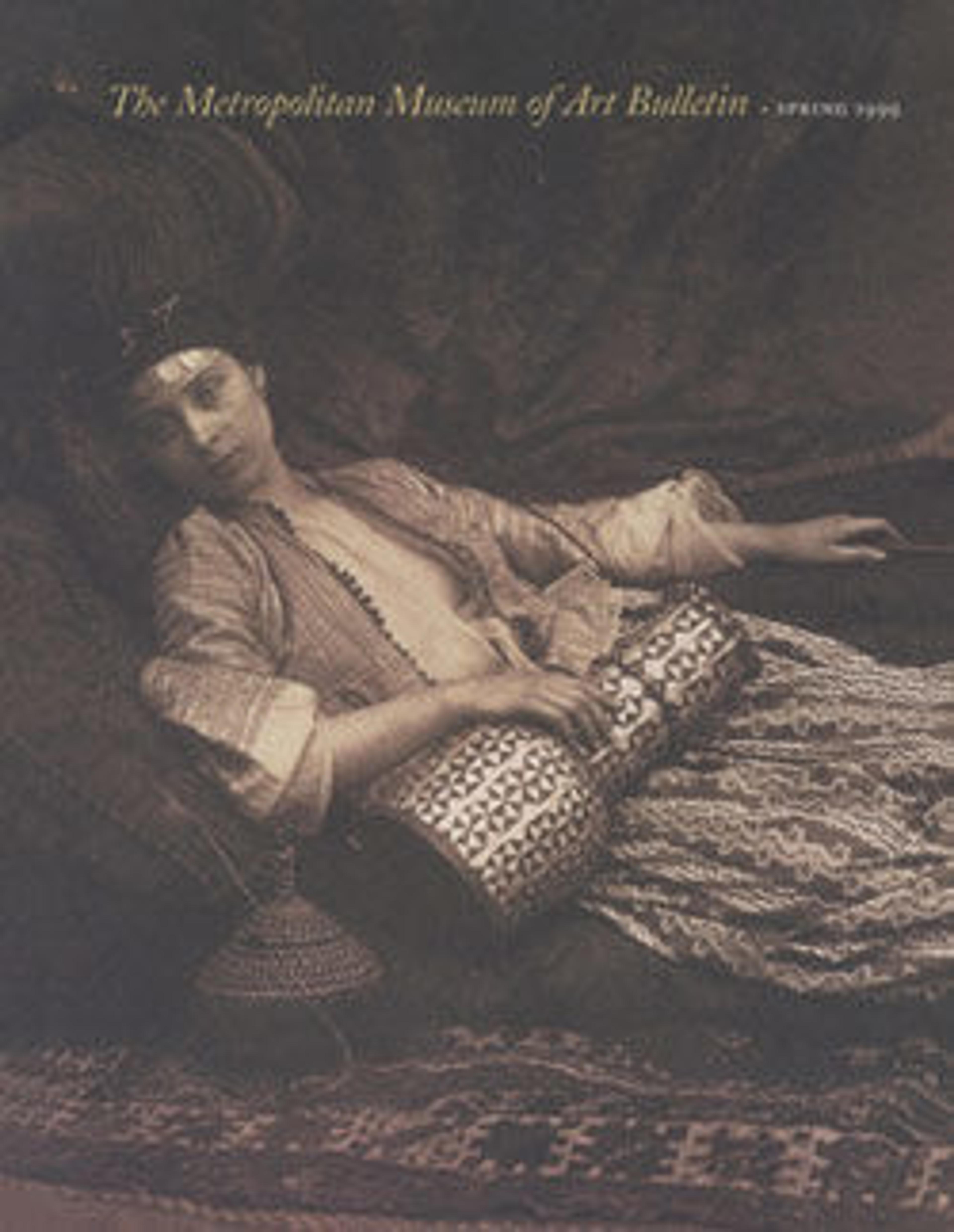[The Royal Private Baths]
"Bath water will frequently induce an intoxicating kind of giddiness," observed an 1840s spa guide. The city of Bath’s thermal springs had, by that time, become the effervescent center of an English bathing boom. As convalescents and courtiers came and went, local reverend Francis Lockey stayed put, making architectural studies of his changing town. Absent any giddiness, his abrupt view of a bathhouse nevertheless intoxicates with its sinuous curves and shrewd geometry.
Experimenting with photography in the medium’s first decade, Lockey likely learned to make paper negatives from William Henry Fox Talbot, who invented his calotype process a few miles down the road. The technique’s long exposure times limited Lockey’s use of human subjects. To appear here, the exceptional gentleman at right summoned the sober pose of the statues above his head.
Experimenting with photography in the medium’s first decade, Lockey likely learned to make paper negatives from William Henry Fox Talbot, who invented his calotype process a few miles down the road. The technique’s long exposure times limited Lockey’s use of human subjects. To appear here, the exceptional gentleman at right summoned the sober pose of the statues above his head.
Artwork Details
- Title:[The Royal Private Baths]
- Artist:Rev. Francis Lockey (British, 1796–1869)
- Date:ca. 1849
- Medium:Paper negative
- Dimensions:18.6 x 20.2 cm (7 5/16 x 7 15/16 in. )
- Classification:Negatives
- Credit Line:The Rubel Collection, Purchase, Lila Acheson Wallace Gift, 1997
- Object Number:1997.382.56
- Curatorial Department: Photographs
More Artwork
Research Resources
The Met provides unparalleled resources for research and welcomes an international community of students and scholars. The Met's Open Access API is where creators and researchers can connect to the The Met collection. Open Access data and public domain images are available for unrestricted commercial and noncommercial use without permission or fee.
To request images under copyright and other restrictions, please use this Image Request form.
Feedback
We continue to research and examine historical and cultural context for objects in The Met collection. If you have comments or questions about this object record, please contact us using the form below. The Museum looks forward to receiving your comments.
